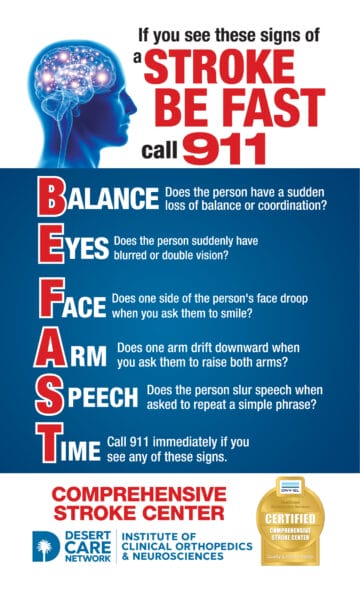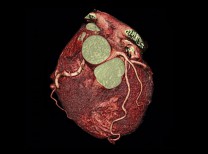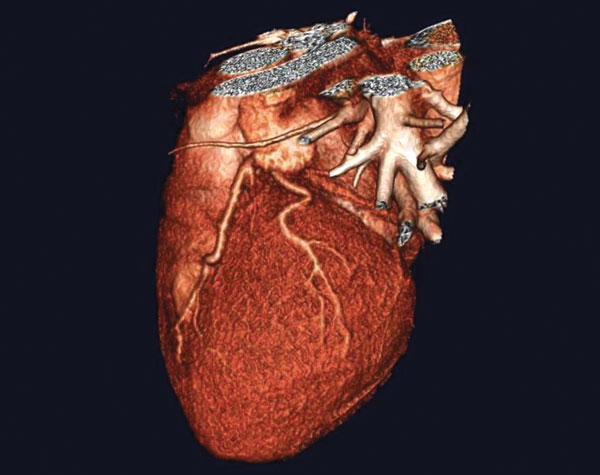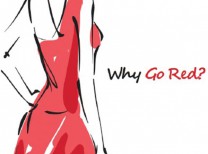When it comes to treating strokes, time is of the essence. Now, thanks to new AI technology, the medical teams at Desert Care Network’s three regional hospitals – Desert Regional, JKF Memorial and Hi-Desert Medical Center – have a helping hand in quickly identifying strokes.

Stroke is the fifth leading cause of death in the U.S. and a leading cause of adult disability. Every 40 seconds someone in our country suffers a stroke, adding up to approximately 800,000 people annually.1 The outcomes for those affected depend largely on how quickly the stroke is identified and treated.
The new app technology, called Viz.ai, enables attending Desert Care Network teams to view imaging on their cell phones and to instantly transmit those images between facilities. The AI element can also help assess the severity of the condition based on those images.
A stroke occurs when a blood vessel carrying oxygen and nutrients to the brain is blocked by a clot (ischemic stroke) or bursts (hemorrhagic stroke) which can cause parts of the brain to die. Each minute that passes matters, and the HIPAA-compliant app is helping save time and lives.
“Our goal is to have the patient assessed by the physician within five minutes of their arrival and to obtain CT images within 10 minutes,” says Stroke Coordinator Kendalyn Zerebny, RN. “From there, our neurology team will have a plan for treatment within 20 minutes of the patient arriving at our emergency department (ED).” This is why she emphasizes the importance of calling 911 and traveling by emergency service (versus by car) if someone is suspected of having a stroke, as EMS teams can alert the ED of incoming cases.
Stroke treatments include Tenecteplase, a clot-busting medication used to break down the clot, and a surgical procedure, called a thrombectomy, performed by neuro interventional radiologists that cuts into the blood vessel for clot removal.
Viz.ai can detect when a large vessel of the brain has a clot (the most severe cases) and if the patient may be a candidate for a thrombectomy, explains Zerebny, further assisting the attending neurologist. The application then sends a notification to the neuro interventional radiology team, allowing additional time for preparation.
In 2023, Desert Regional Medical Center, an accredited comprehensive stroke center, saw approximately 800 patients diagnosed with stroke. Viz.ai was incorporated halfway through the year, and Zerebny has seen the positive impact of the technology. She recalls one case that helped save a young man from a lifetime of impairment.
The healthy, 49-year-old came to Desert Regional from JFK after suffering a debilitating stroke. He was unable to communicate and lost function in 50% of this body. “Because our team received the imaging from JFK via the app, they took the young man directly into surgery to remove the clot. Almost instantly, he regained his speech and function.” He was discharged after a couple of days with almost no deficits, and 90 days later he was back to work showing no signs of impairment.
“Stroke is a devastating diagnosis,” she concludes. “Our goal is to provide the most efficient and safe treatment in the quickest way possible to minimize the devastation and elevate the patient outcomes. Viz.ai is helping us do that.”
May is Stroke Awareness Month and a good time to ensure you know the BEFAST signs. Remember, if stroke is suspected, always call 911.
For more information and to take the stroke awareness quiz to test your knowledge, visit www.DesertCareNetwork.com/Stroke.
Reference: 1) https://www.cdc.gov/stroke/facts.htm















































Comments (0)